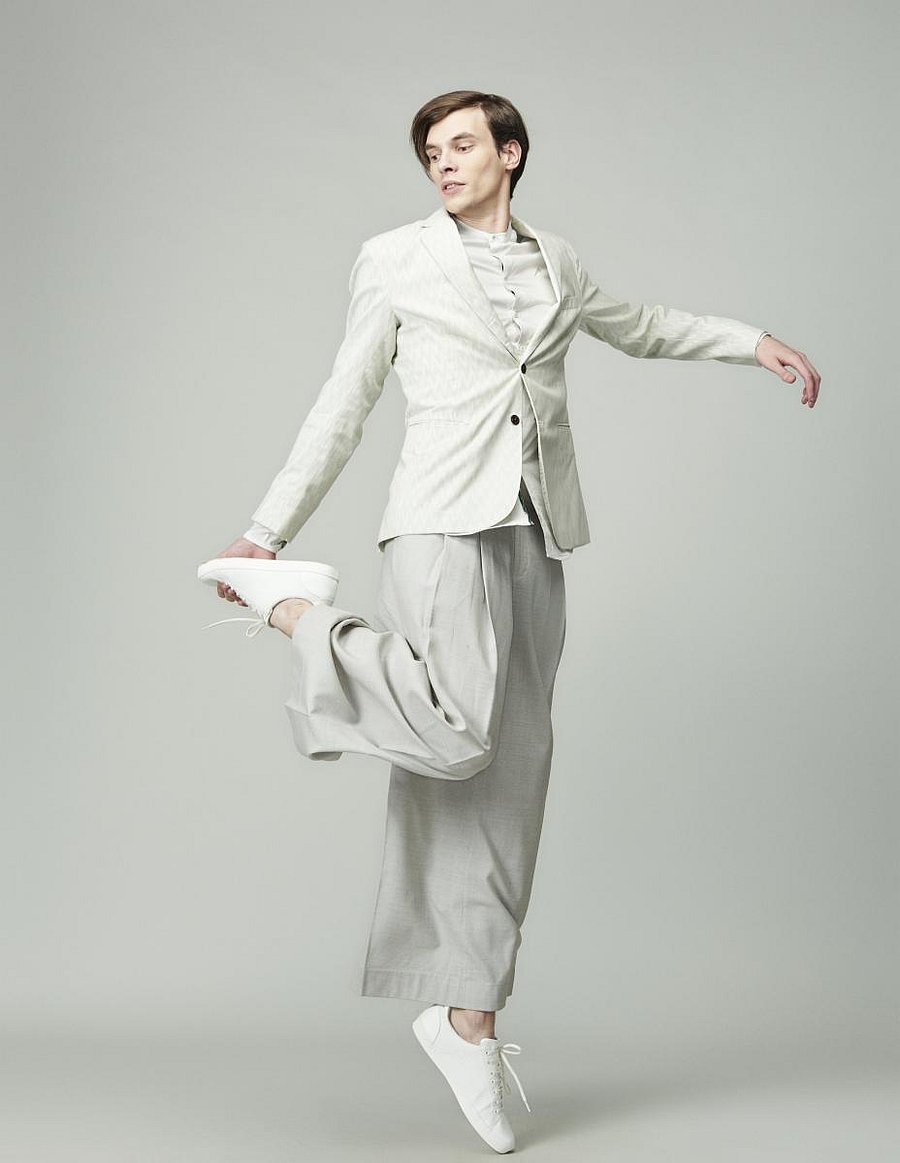
Men conventionally wear ‘classic’ outfits like trousers with plain shirts in white, grey, blue and black. Casual for them is jeans.
But in the past five years, things have changed.
With designers creating palazzos and asymmetrical kurtas for men — styles popular among women — fashion is breaking gender barriers.
“Gender bending is not new to us because we were already familiar with pajamas, salwars, and dhotis. Roman, Chinese and Indian men are used to multi-layered garments,” says Ujjawal Dubey, creative head and founder, Antar Agni.
Tunics were brought into India by the Mughals, and we are used to unisex styles, he says.
However, men have become open to experimentation in the recent past.
“There is no drastic change when it comes to the colour palette but the level of openness has gone up,” adds Ujjawal.
A caveat though: ‘masculine colours’ like black, navy, charcoal grey and stone grey don’t go away.
Menswear designer Saggar Mehra sees Indian men moving towards bespoke and tailoring. “They look forward to personalising their clothes,” he says.
Street culture is playing a big role in the compositions we see today.
“A lot of Indian contemporary styles are inspired by Japanese street fashion. And designers are taking inspiration from Japanese culture and incorporating it into Indian contemporary wear,” observes Saggar.
For the masses to accept a style, it takes at least two to three years, he reckons.
“The problem with Indian fashion is that we are too enclosed by the celebrity culture. For us, whatever a celebrity sports become the fashion,” he says.
How do designers convince men to wear gender-bender clothes every day?
“I feel it is not just the designers’ job; men have to be open-minded too,” he says.
According to Saikat Mitra, creative director, Van Heusen, the focus in men’s clothing today is on the quality of fabric and comfort.
“We work on formals and workwear, and most of our clients have moved from a crisp look to a more relaxed and comfortable fabric. Stretch fabric has almost become a basic necessity. Comfort is the new cool,” he says.
Men are exploring colours and prints as well and this can be seen in most men’s wardrobes.
“There’s more casualisation of the wardrobe. Products are mixed and matched as an expression of the self. Using it as personal branding exercise, individuals want to be known for a certain way of style,” says Saikat.
Men have different wardrobes for different occasions. “Earlier, if they bought something for office, they would buy something similar and premium for an evening out. But now people are investing and sophisticated, smart and contemporary clothing is becoming a thing,” Saikat explains.
It’s brighter now
Men have become more open to colour because of casual wear. Neon and eye-bright colours are not shunned today.
How did this change come about? Designers believe millennials are more daring when it comes to the wardrobe.
The Internet is playing a role, too. Men check out trends and celebs and the world market.
Designer Suket Dhir founder and creative director, SUKETDHIR, started working with palazzos for men six years ago but the feedback wasn’t encouraging then. Many said it was bizarre and men would not wear them.
“Experimentation wasn’t common among men those days. But today, the scene is different,” he says.
He has now given a contemporary touch to palazzos. “I was inspired to make palazzo pants for men from my grandfather’s pyjamas. All I did was replace the drawstring with elastic and buttons, and that made it modern,” he says.
Japanese influence
Designers say Japanese street fashion is influencing Indian trends in a big way.
Unisex culture
Indians have always been open to unisex clothing, with saris and dhotis being classic examples. Pajamas and salwars are examples of unisex styles. Indian, Chinese and Roman cultures love multilayered drapes.
Sports influence
The sports industry has had a big influence on contemporary men’s wardrobes over the last couple of years. With men getting fitter, a lot of athleisure influence can be seen in fabrics, says designer Saikat. That means fabrics must be functional and high on performance.
